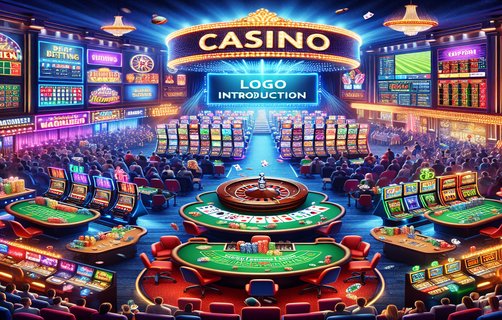Pai Gow Poker: A Comprehensive Analysis on Gameplay, Betting, and Responsible Gambling
Pai Gow Poker is a popular variant of poker derived from the traditional Chinese game of Pai Gow, played with a standard 52-card deck plus a joker. It has gained traction in casinos, both physical and online, driving a need for understanding its betting processes, the nuances of gambling responsibly, and the various methods for managing one’s bankroll. This analysis details the in-game betting structure, minimum and maximum bets, the psychological aspects of chasing wins, and reviews related financial instruments and tools.
At the onset of any gaming session, players must familiarize themselves with in-game betting mechanics. In Pai Gow Poker, each player receives a set of seven cards from which they must create two hands: a high hand of five cards and a low hand of two cards. The goal is to beat the banker’s hands. Players can bet against the bank or against one another, and the betting options can vary widely based on the casino’s regulations. Thus, understanding these mechanics sets the stage for strategic play and optimal betting choices.
Responsible gambling is crucial for both enjoyment and financial stability, which is why gambling counseling resources are invaluable for players. Many casinos offer counseling services or partnerships with organizations that specialize in problem gambling. Players experiencing issues can seek advice or help, which reinforces the importance of maintaining a balanced approach while enjoying the game.

When discussing the financial aspects of gameplay, understanding minimum and maximum bets is essential. Minimum bets in Pai Gow Poker typically range from $5 to $10, depending on the casino. Conversely, maximum bets can go up to several thousand dollars, creating a wide spectrum of potential risk and reward. Players must consider their budget and risk tolerance levels when determining their betting strategy. Understanding these limits can significantly impact a player’s experience and long-term enjoyment of the game.

A common psychological phenomenon among gamblers is the tendency to chase wins. This occurs when players attempt to recoup losses by increasing their bets, often leading to further losses. In Pai Gow Poker, where outcomes can at times be volatile, it’s critical for players to recognize when to step back and reassess their strategies. Establishing clear win and loss limits can help mitigate the impulse to chase, thereby fostering more mindful and enjoyable gaming experiences.
With the growth of online gaming, players can now take their tactics to mobile platforms, making it essential to identify the top-rated mobile casinos. Features to look for include user-friendly interfaces, reliable payment methods, and secure platforms. Reading reviews and utilizing comparisons can provide insights into which mobile casinos offer the best overall experience, from game variety to customer support.
Another financial tool that has gained popularity in gaming circles is the use of prepaid cards. These cards allow players to deposit funds into online casinos without revealing sensitive banking information. Prepaid cards can be an effective budget management tool, allowing players to set distinct gambling limits and preventing overspending. This aligns well with responsible gambling practices while still promoting gaming enjoyment.
In conclusion, understanding the intricate elements of Pai Gow Poker enhances the overall experience. From mastering betting techniques to leveraging responsible gambling resources and financial tools, the goal is to enjoy the game sustainably. By fostering a culture of awareness and responsibility, players can engage with this captivating card game while minimizing risk and maximizing fun.
